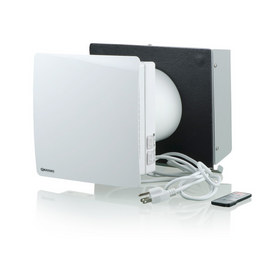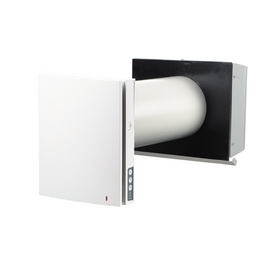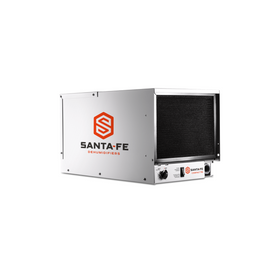- Home
What do we do about the allergy triggers in the home?
The question should be, "how do we manage our lives well with allergies?" The answer must be found in source control. Know what you're allergic to. Where is that showing up in your daily workflow? Is there a mold issue in the house? What's the ventilation like? Are there allergy triggers in my bedroom?
I maintain that we use a whole-house approach — washing your linens, your bedding, removing allergens, looking at cleaning products, looking at the "cozy culprits," like candles, and cooking. The latter are things that increase particulates in the indoor environment. Can they be avoided?
It's all about controlled burden. For allergens, just as we saw with covid, it's wearing face coverings and washing your hands and, then, it's ventilation: as much as you can, move the air and bring in clean air. There are obviously issues regarding heating and energy efficiency, and sometimes you aren't able to move the air or open windows, but once that's controlled, then filtration plays a role.
Before diving into the next question it's important to define what an air filter is.
What are air filters?
Air filters are the devices that are built into your home's HVAC system, which you normally have to change out every few months. They clean your HVAC system and can remove large particles such as dust mites, pollen, mold spores, and lint. Some air filters are HEP (High-Efficiency Particulate Air) filters and can filter out smaller particles like tobacco smoke, bacteria, and pet dander.
An air purifier removes or neutralizes contaminants that a standard air filter cannot. Some can be installed in your HVAC's air handler, and some are portable.
However, there needs to be more work done around these definitions. People think purification needs augmented technology like UV Light, oxidation, and plasma technologies. Generally, people bucket those in their minds. They purify the air as an ionic component, and an air filter is just a medium. And it can be expensive to pull all your air through media-based filtration.
The conversation really needs to be around the outcome. What's my outcome? My outcome is healthy air, which can probably be delivered in many ways. Ultimately, we're after healthier air with fewer contaminants in it.
Do air filters and air purifiers help with allergies?
Both air purifiers and air filters help with allergies, but it's not one size fits all. For instance, if your asthma allergies don't have an airborne trigger, an air purifier probably won't benefit you as much as if your allergies are triggered by an emotional or a stress response. It's about doing a bit of investigating and knowing what you are allergic to, and air filters can be part of your overall approach. And healthy indoor air is good for everybody, not just those with allergies or asthma.
How can consumers get educated to make the best decisions for themselves and their families?
Products need to be validated. Sometimes they don't work when you scale them up. Sometimes the air just isn't in the system long enough for it to have an impact or for the UV to clean bacteria. Some do work; some recirculate the air; some are portable. The takeaway is that the technology needs to be validated by a third party.
Allergy Standards Ltd. have a program, but many other good programs validate, such as the Association of Home Appliance Manufacturers (AHAM) and Clean Air Delivery Rate (CADR). You have to A) validate that technology does what it says it does and B) it doesn't cause any unknown side effects. There can be downstream negative impacts, which you may not realize. For example, if you have an air cleaner with a HEPA filter, you don't want it to be throwing off ozone if you have asthma. That's a trigger.
Allergy Standards Ltd has developed an independently awarded, internationally recognized certification created by medical experts and rigorously tested by a certified lab. They educate retailers on creating Certified asthma & allergy friendly® homes, giving them the peace of mind to recommend the most suitable products. Over 60% of asthma and allergy sufferers find it difficult to choose appropriate products for their homes. The mark helps consumers make better buying decisions.
Stacey Freed
I’m constantly on the hunt for a way to hike and write simultaneously.



















